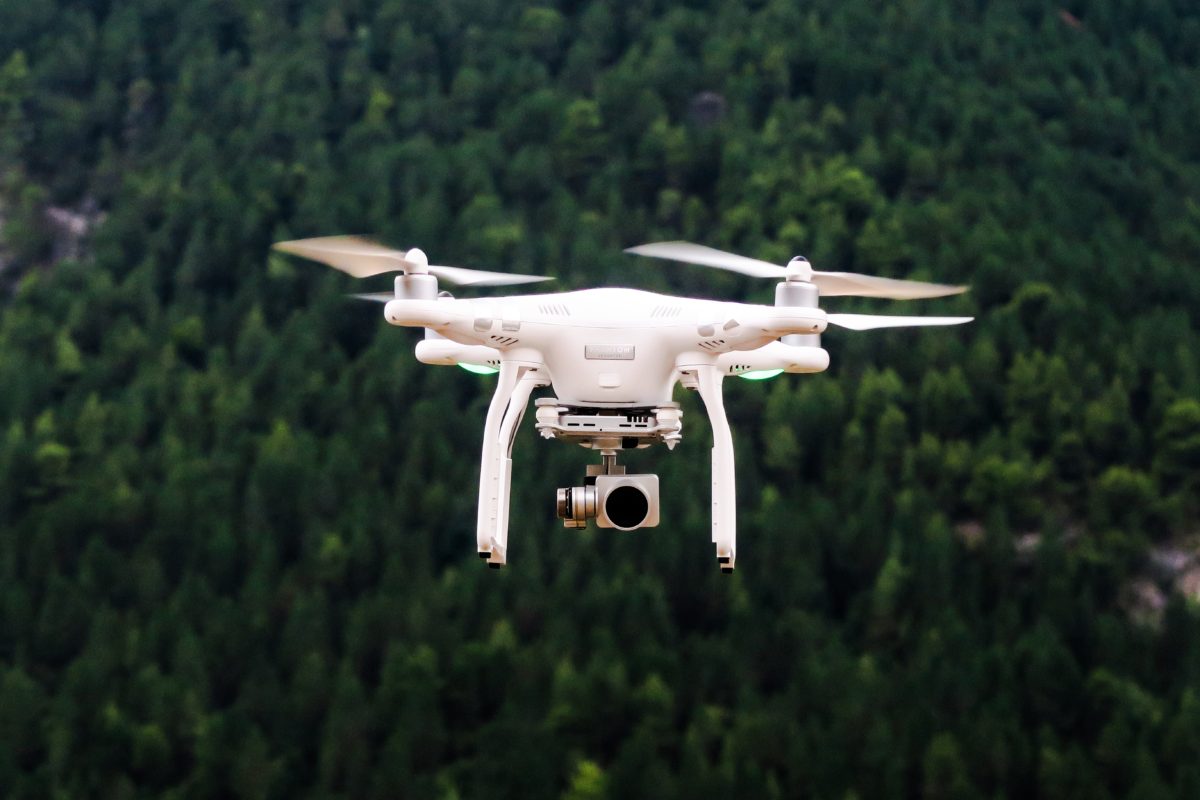In 2000, an article in Wireless called into question whether machines were quite the panacea we hoped they were. It was possible, said the author, that this dependence on machines was not going to a good place.
More recently, Ralph Nader asked whether Bill Joy’s concerns were still valid. According to Nader, 70% of the volume of stock trading in the U.S. is now driven by computers and their algorithms. That means machines now have considerable influence over how the markets themselves are run and traded through the instructions they operate under.
The push for personalisation becomes less human
While much is made of the fact that automation and robotics will continue to drive the inefficiencies and human error fallibilities out of systems, it’s not just repetitive jobs that are threatened. According to Fortune, a company called Automated Insights has programmed the creation of earnings stories and sports stories that show up in newspapers around the world. That company’s computers churn out 3,000 earnings stories per quarter for the Associated Press at an average cost of less than $8 per story. Now, instead of releasing 300 earnings stories per quarter, Fortune observes, Associated Press is able to release 3,000. Automated Insight’s ambitions, it seems, are even higher. Their goal is not to create one story for a million people but rather to release a million specialised stories for one person—all driven by data. The ultimate goal is complete personalisation of each person’s news feed.
Data-powered computing could make marketing even more specific, personalised and dull than it is now
There’s the potential future of content marketing and social media right there – less about real interaction and reaction and more about scheduling, as the machines turn content into automated drip-feeds that are as fulfilling as content fast-food. As algorithms decide how brands will react to all sorts of prompts and requests from customers, brands are less and less about what motivates people and increasingly about pre-decided choices. It doesn’t take much imagination to transpose the power of the trading floor to that of media selection – media spends monitored by machines and adjusted in real time to hit pre-selected reach targets. And it takes even less to see that data-powered computing could make marketing even more specific, personalised and dull than it is now.
Thomas Davenport, writing in WSJ, says concerns that the machines are taking over are misplaced. He predicts that “structured, codified, routine, predictable tasks [will] move toward computers [while] other kinds of tasks that involve emotions, creativity and a human interface stay with humans.” He’s probably right. But perhaps not in the way he meant. It’s entirely possible that organisations will seek to remove the emotions, creativity and human interface from how they market. The development and management of brands will become structured, codified, routine and painfully predictable – if brands choose to trust what they perceive as market intelligence over human intuition.
Isn’t it ironic that businesses persist in talking about the need for differentiation and customer responsiveness at the same time as the ways in which brands deal with customers and campaigns become more systematised, less personal and more ubiquitous?
Is it still marketing if there is no humanity?
I’m not for one moment suggesting that we should go back to an analogue way of doing everything. I’m not even being a Luddite. I am suggesting that when you take the human factors out of brands, you remove much of their intrinsic interest. There are now whole industries where any of us can undertake tasks without any human contact. This isn’t marketing. This is transacting. It’s auto-responding. It may go faster, it may cost less, it may be available anytime – but it’s also boring, predictable and impersonal. Because humans don’t want pre-planned answers. They want responses that stem from someone reacting to pain, need, hope, interest, conversation, ambition, worry … They want a story for that moment, not one that’s built around keywords. They want to be understood, not just acknowledged. That’s what makes encounters interesting.
At some point in the future we could lose that in the bid to make our brands react automatically and do more things. The power of big data is that it gives us what feels so much like greater insight. The danger is that it could tell us so much that we don’t think we need people to make brands work.
Note: A version of this post has been published elsewhere under the title A Future Without Human Marketers?

